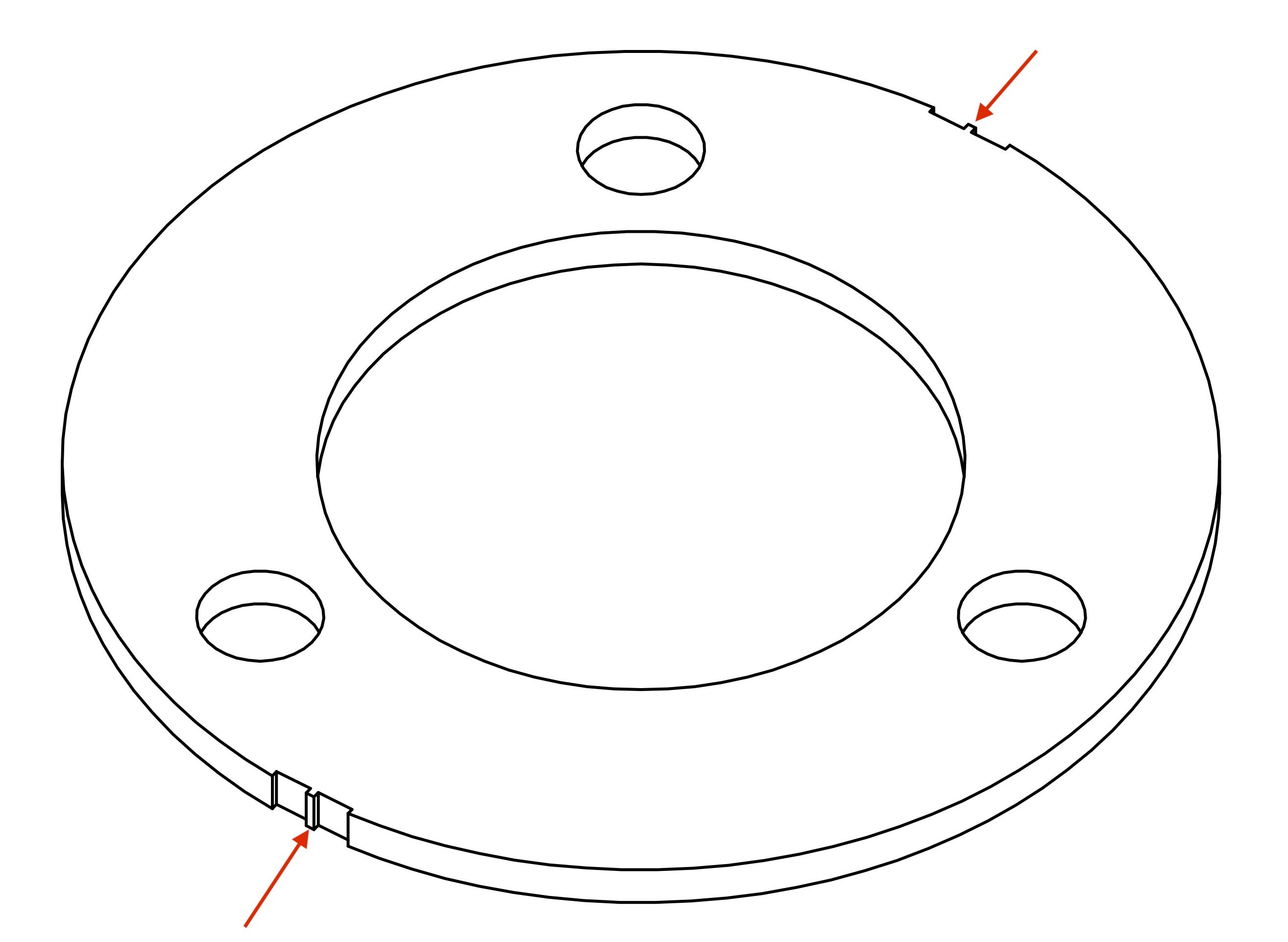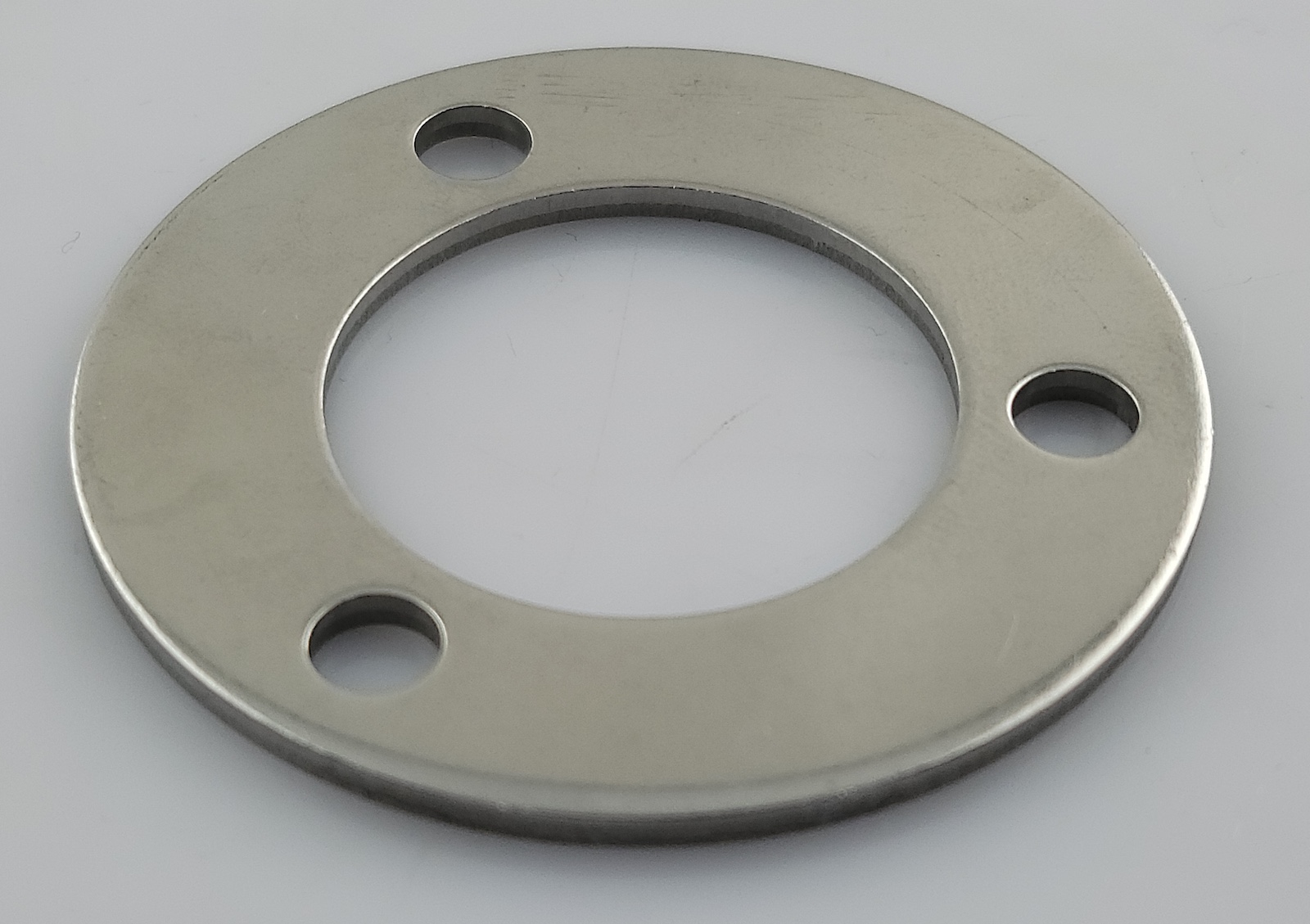Switch to Stamping Dies: Boosting Efficiency or Bust?2025-01-06
Building on the positive reception of our previous analysis regarding manufacturing processes (see Apporo CNC Analysis: Fine Blanking Press Can Save 90% of Manufacturing Cost), Apporo Industries is now exploring the shift from laser cutting or NCT (Numerical Control Turret Punching) production methods to utilizing stamping dies for manufacturing. The decision to switch from laser cutting or NCT to stamping die production involves significant changes in the manufacturing process. Laser cutting and NCT are known for their flexibility and precision in cutting various shapes and materials, but stamping dies offer a different set of benefits and challenges when it comes to mass production.
This transition is aimed at enhancing production efficiency, quality, and cost-effectiveness. Our analysis of Advantages and Disadvantages of Stamping Die Production shows below:
Consistency: With stamping dies, once the tool is correctly designed and made, the consistency of parts is very high. This reduces variability in part quality, which might occur with laser cutting due to material thickness variations or with NCT due to tool wear.
Setup Time: While laser cutting and NCT offer quick setup changes for different designs, stamping dies require more time for setup and changeover. This can be a disadvantage for low-volume or highly varied production but is less of an issue for high-volume runs.
Cost Efficiency for High Volumes: For large production runs, the cost per stamping part decreases as the volume increases, unlike laser cutting where costs remain relatively constant.
Material Utilization: Stamping dies often allow for better material utilization as they can be designed to minimize waste.
Initial Costs: The upfront cost for designing, manufacturing, and setting up stamping dies is significantly higher than for laser cutting or NCT. This makes it less economical for small batch sizes or for products with frequent design changes.
Flexibility: Once a tooling is made, changing the design or producing different parts requires either modifying the existing die or creating a new one, which is usually time-consuming and costly. Laser cutting and NCT provide more flexibility for design iterations.
Tool Wear: While less of an issue than with NCT, stamping dies still experience wear over time, especially with harder materials, which can affect part quality and require maintenance or replacement.
For products with stable designs and large production quantities, press dies offer a compelling solution. However, for smaller runs or pre-sample products requiring frequent design changes, sticking with laser cutting or NCT might be more practical. These two types of sheet metal processing methods can actually complement each other, helping with the efficient design and production of products. Here is a practical example illustrating how Apporo Industries transitioned from laser cutting for design verification to stamping die production for mass production:
Design Verification with Laser Cutting
As shown in the first image below, the stainless steel flat plate was initially designed to be laser cut for prototyping to verify that the dimensions met the assembly requirements. The design included two specific outer diameter features, indicated by red arrows, which were tailored for laser cutting to ensure that after cutting, the part would be easily detached from the original sheet material. These features were designed so that the cut points (break-off points) would not exceed the maximum outer diameter, thereby not affecting the assembly process. This step allowed for quick adjustments and validation of the design before moving to mass production by the stamping die processing.
If these design considerations, indicated by the red arrows, were not included, the cutting nibs would remain on the outer diameter, as discussed in a previous case study (see Apporo CNC Analysis: Post-Cutting Nib Removal on Precision Flat Washer Parts). Such cutting nibs could interfere with subsequent assembly, causing interference issues. Therefore, incorporating these design features was a brilliant move.

Design verification with laser cutting
Transition to Stamping Die Production
After validating the dimensions through laser cutting, the design was finalized and transitioned to production via stamping dies, as seen in the second image. The final product, manufactured with a stamping die, features a complete circular outer diameter without any break-off point designs, enhancing the finish and structural integrity of the part.

Transition to stamping die production
The above change from laser cutting to press die production not only improved the quality of the finished product by eliminating any design compromises for cutting but also facilitated high-volume manufacturing with greater efficiency. Apporo Industries will continue to evaluate these factors to optimize our production processes, ensuring we deliver the highest quality products efficiently.
